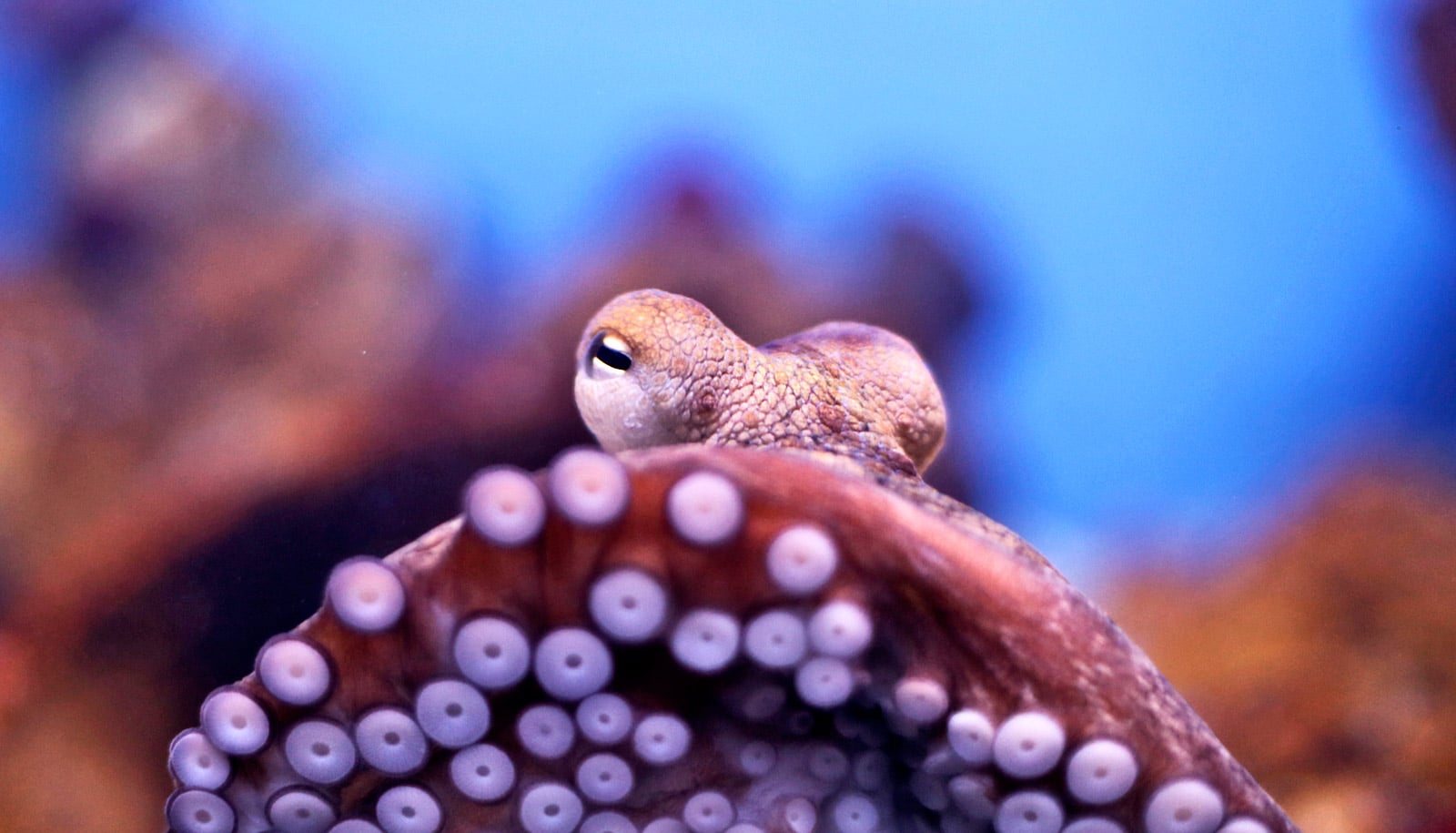
/common-octopus-octopus-vulgaris-close-up-of-eyes-malta-mediteranean-may-2009-wwe-indoor-exhibition-590524584-58eec78a3df78cd3fca8b806.jpg)
The ink even contains a substance that dulls a predator's sense of smell, making the fleeing octopus harder to track. When discovered, an octopus will release a cloud of black ink to obscure its attacker's view, giving it time to swim away. Predators such as sharks, eels, and dolphins swim by without even noticing it. Using a network of pigment cells and specialized muscles in its skin, this invertebrate can almost instantaneously match the colors, patterns, and even textures of its surroundings. Its first-and most amazing-line of defense is its ability to hide in plain sight. But by far the most striking characteristic of the octopus is the wide array of techniques it uses to avoid or thwart attackers. If the levels of macular pigments could be detected in people, doctors would be able to recommend remedies to alleviate loss of vision, such as wearing sunglasses and eating more dark green and brightly colored fruits and vegetables, which help to boost macular pigment levels.The common octopus would be unique for its appearance alone, with its massive bulbous head, large eyes, and eight distinctive arms. The tentacles of this research may soon reach into the clinic.

The same is true for macular pigments, but we have been essentially blind to the state of our macular pigments because there was not an easy fast-screening tool available.”
#Octopus eyes skin
People with very fair skin are at much greater risk of sunburn and skin cancer. “Everyone should have their macular pigments measured, because you don’t know how well-protected your retina is against harmful violet-blue light, without knowing how much macular pigment you have,” Temple said. The research led to creating a small macular pigment assessment device that revealed the human eye’s defense against blue light by measuring an effect called Haidinger’s brushes, which is an image produced by the eye that resembles a yellow bowtie in the presence of polarized light. “As I always say, you can afford to miss lunch, but you can’t afford to be lunch.”

“For these small animals, it is an automatic ‘knee jerk’ response, because they are small and tasty, so they can’t afford to miss the approach of a possible predator,” Temple said. The responses became apparent within milliseconds. The effect that these stimuli had on the octopuses was visible through immediate changes in the body color patterns and movement of the arms or papillae. Temple said they chose LEDs because the lights produce a broad spectrum of wavelengths without generating much heat. The angle of polarization was gradually decreased relative to the background. The light supply was replaced with an LED light source, and the octopuses were shown videos of a looming object - rapidly expanding circles. The animals were put in specially prepared tanks and the tanks were placed in front of an LCD screen. The scientists wanted to study the octopuses’ threshold of polarization detection, which is determined by altering the angle of polarization and the degree of linear polarization. “While we have also measured numerous species of cuttlefish and squids, octopus are easier to catch at our field site, and quite comfortable staying still for extended periods while we test them,” said lead researcher Shelby Temple, co-founder of Azul Optics and honorary professor at the University of Bristol and Aston University. Octopuses respond to polarized light partly due to the fact that aquatic environments are largely surrounded by stable polarization backgrounds, and color differentiation also becomes less useful at depth.Īccording to the published study, researchers began by collecting 10 octopuses with a mantle length of 7 cm or less. Both have a single central lens and a retina in a cup around it. And the eyes of octopuses, which are invertebrates, share a similar simple structure with the eyes of vertebrates, including humans. Macular pigments - the carotenoids lutein, zeaxanthin, and mesozeaxanthin - provide natural protection against violet-blue light, which can damage The researchers’ study of the effects of polarized light on octopuses led the startup Azul Optics to develop an ophthalmic device that can measure macular pigments in the eyes of humans. Octopuses, which are color-blind, can detect polarized light patterns, much like humans see color. It has been established that humans can detect polarized light, although they may not be aware of the ability. Researchers at the University of Bristol in England found a way to help identify risk in humans by studying octopuses captured during low tide on coral reefs around Lizard Island in Australia. Historically, there has been no easy way to test for loss of pigment as part of a traditional eye examination.

The loss of macular pigment is a precursor to macular degeneration, a disorder that afflicts millions every year.


 0 kommentar(er)
0 kommentar(er)
